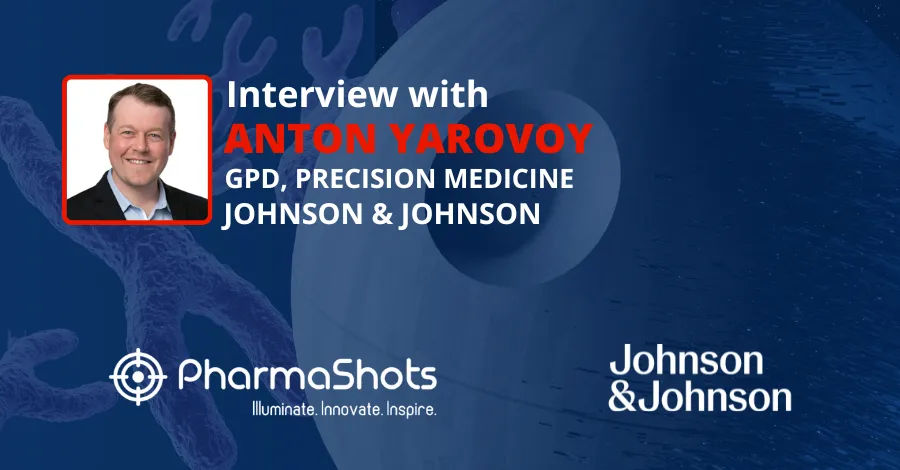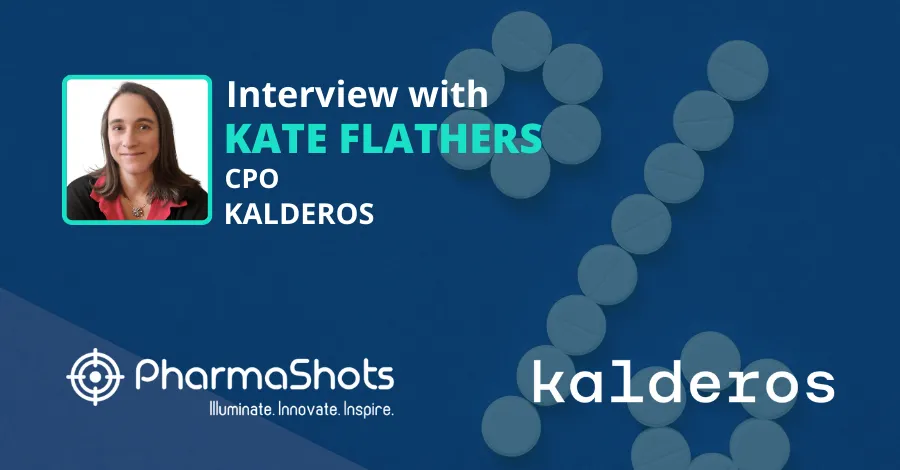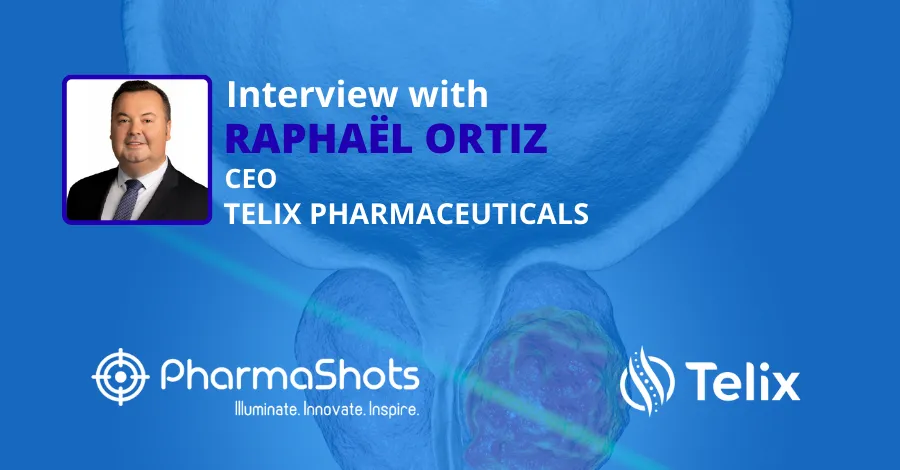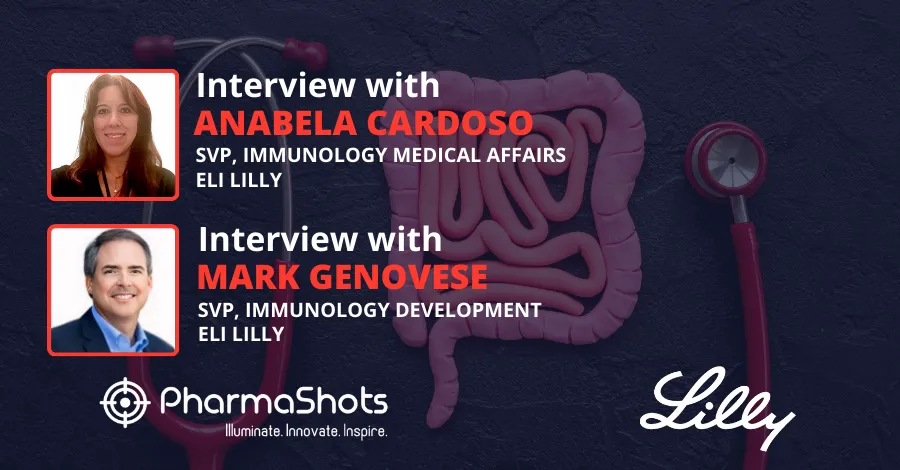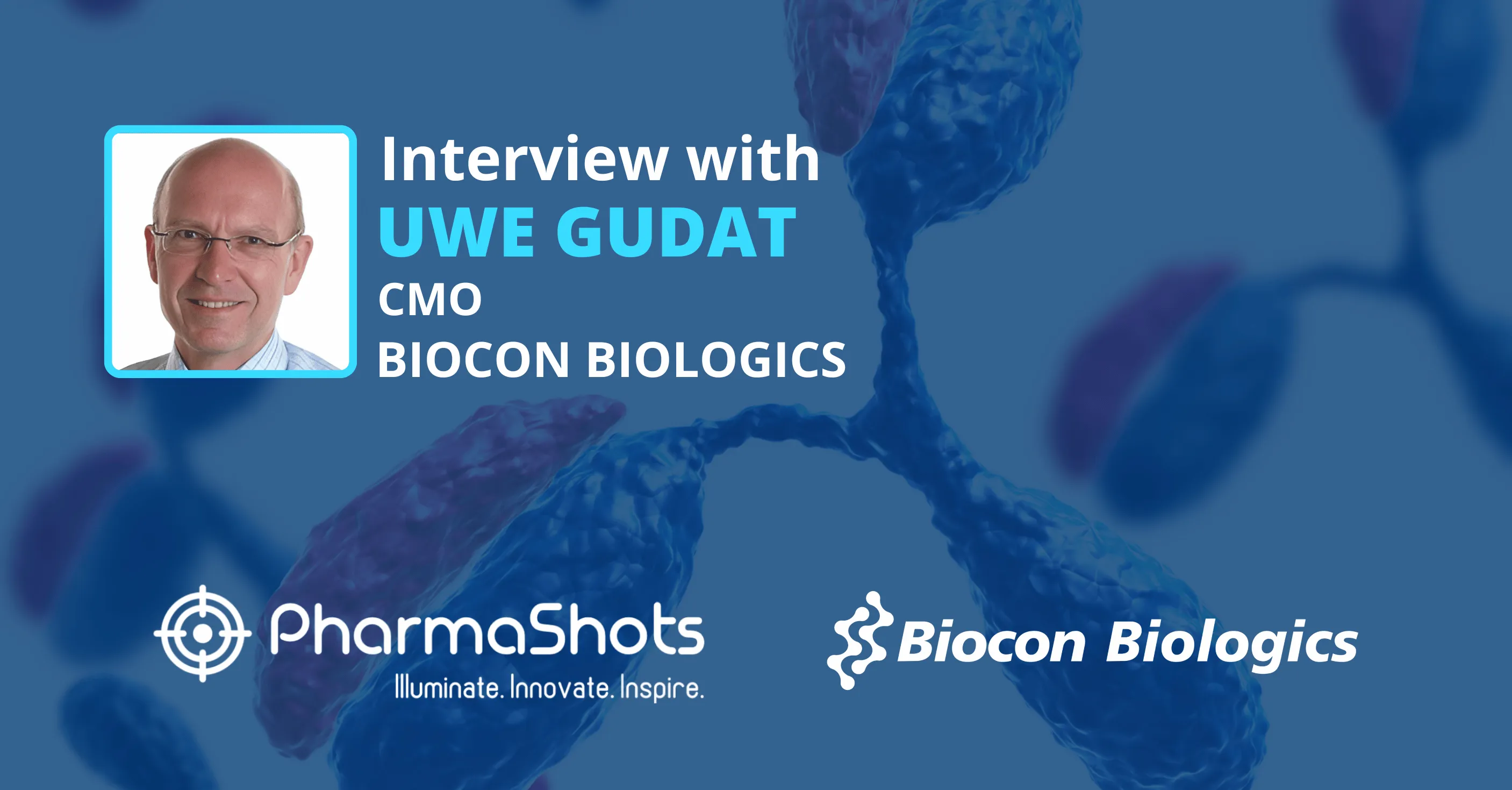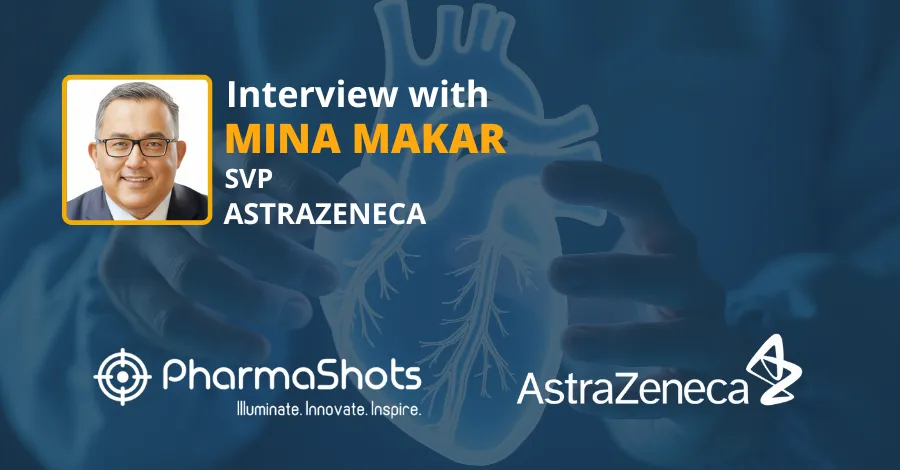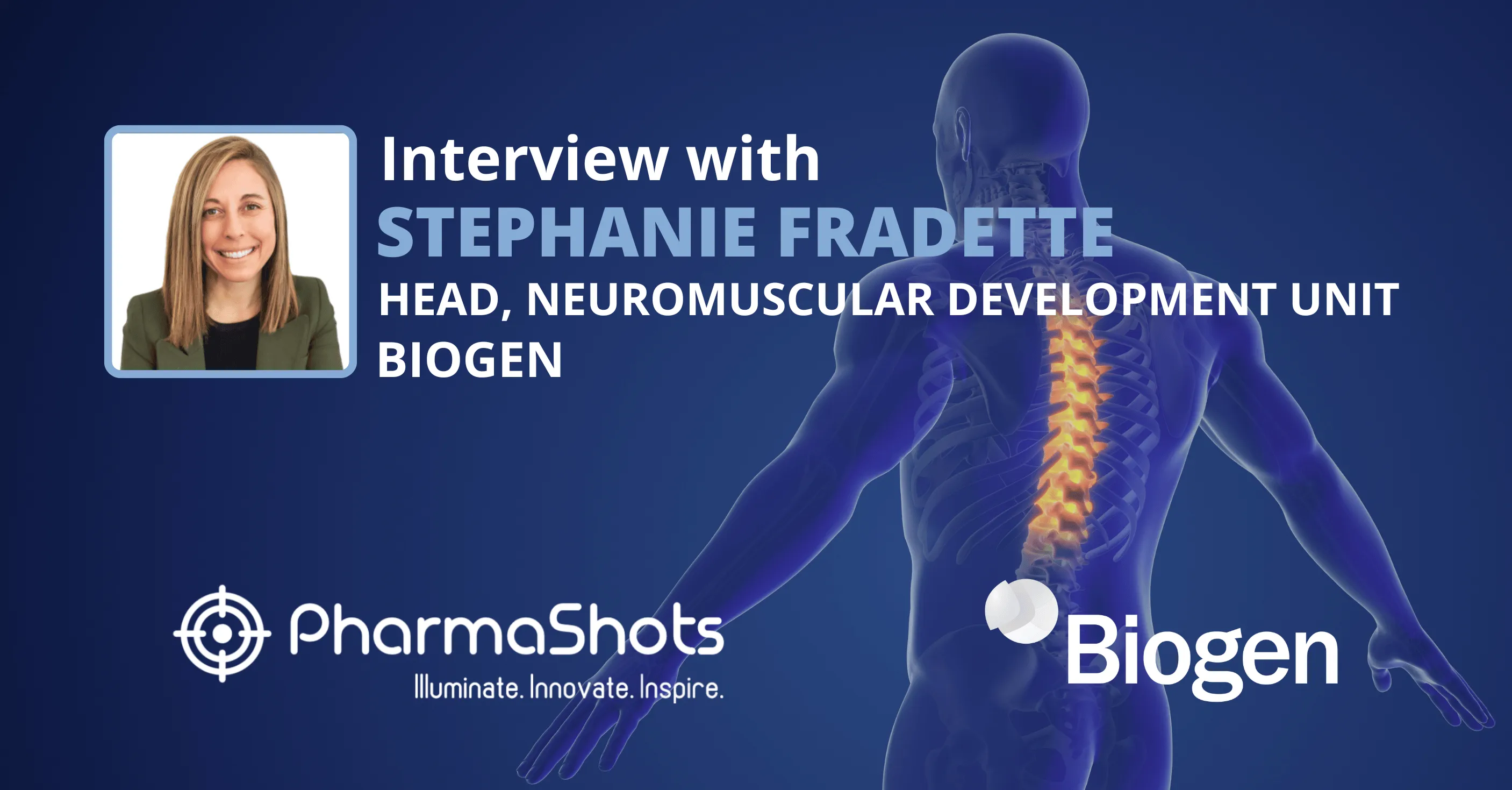
Pipeline Overview: Paul A. Frohna from Endeavor BioMedicines in Conversation with PharmaShots
Shots:
-
Paul A. Frohna, CMO at Endeavor BioMedicines, shed light on two lead assets of the company ENV-101 for Idiopathic Pulmonary Fibrosis and ENV-501 for HER 3 positive solid tumors.
-
Paul shares insights from the P-IIa results of ENV-101 and talks about the WHISTLE-PF P-II study designed to confirm the efficacy of ENV-101.
-
While shedding light on ENV-501, Paul says the company intended to initiate a Phase 1/2 dose escalation trial of ENV-501 in patients with advanced, refractory HER3-expressing solid tumors in 2024
Saurabh: Could you shed some light on how ENV-101 precisely targets the Hedgehog pathway? How does this differ from the treatments currently available for conditions like IPF and PPF?
Paul: ENV-101 is an oral small molecule that binds to and inhibits the Smoothened (Smo) receptor, a key component of the Hedgehog signaling pathway that has been shown to be abnormally upregulated in the lungs of patients with IPF which is not generally expressed in healthy lungs. The hedgehog pathway initiates an abnormal and excessive wound-healing/fibrosing process that results in expansion and over-activation of myofibroblasts that secrete collagen and other extracellular matrix (ECM) proteins that disrupt the normal architecture, compliance, and gas exchange properties of the lung that result in progressive loss of lung function. When aberrantly-activated myofibroblasts from the lungs of patients with IPF are treated in vitro with a Hh pathway inhibitor (Hhi), they become deactivated and eventually undergo apoptosis thereby removing the cellular driver of lung fibrosis.
The precise mechanism of action of pirfenidone (approved for IPF only) is not known but has been proposed to down regulate the expression of TGFb, an important mediator of fibrosis. The other approved agent, nintedanib (approved for IPF and PPF), is a multi-kinase inhibitor that targets several growth factor receptors including those for platelet–derived growth factor, fibroblast growth factor, and vascular endothelial growth factor. These two approved antifibrotics only incrementally slow the rate of lung fibrosis and neither has been shown to stabilize or reverse disease progression, which was shown in our Phase 2a trial in IPF.
Saurabh: You mentioned ENV-101's promising Phase 2a trial results. Could you elaborate on these findings and explain how they indicate a potential change in how we can approach treating fibrotic lung diseases?
Paul: Our Phase 2a clinical trial results demonstrated that patients who received ENV-101 for 12 weeks experienced statistically significant improvements in lung function, as measured by forced vital capacity (FVC), which has not been previously reported for the approved or other investigational agents currently in clinical trials in IPF. Perhaps more importantly when thinking about this novel approach to treating progressive lung fibrosis, ENV-101 increased total lung capacity and reduced four key quantitative measures of lung fibrosis as measured by high resolution computed tomography after only 12 weeks of treatment, which has also not been shown with approved or investigational therapies in patients with IPF. These findings reinforce the potential of ENV-101 to be the first disease-modifying treatment for patients with IPF. These data were presented during a late breaker session at the American Thoracic Society 2024 International Conference on May 19.
Saurabh: What specific goals is the company aiming to achieve with the Phase 2 trial of ENV-101? And what key milestones are you hoping to reach in this next stage of clinical development?
Paul: The WHISTLE-PF (Wound-Remodelling Hedgehog-Inhibitor ILD Study Testing Lung Function Endpoints; NCT06422884) will begin enrolling in 2024. The WHISTLE-PF trial will be a global, randomized, double-blind, placebo-controlled, dose-ranging trial that will include a Phase 2b cohort in patients with IPF and a parallel Phase 2 cohort in patients with PPF. This will be a longer study (six months of treatment) in more patients that will evaluate multiple different dose levels of ENV-101.
This trial is designed to confirm the efficacy of ENV-101 and identify the lowest effective dose that provides the greatest benefit/risk ratio in patients with IPF and PPF that will be used in registrational Phase 3 trials
Saurabh: How does ENV-501 distinguish itself from the existing HER3 ADCs? And what advantages does it offer in terms of effectiveness and safety?
Paul: In preclinical studies, ENV-501 demonstrates superior inhibition of tumor growth compared to other exatecan-based anti-HER3 ADCs in a variety of in vitro and in vivo cancer models with a range of HER3 expression. Additionally, the optimized Fc engineering of HMBD-501 shows enhanced tolerability in vivo indicating a potential reduction in Fc mediated toxicities, which is believed to be important for reducing rates of clinical toxicities like severe interstitial lung disease and high grade cytopenias. In combination, these data suggest that ENV-501 can be a next generation HER3 ADC that has a potentially best-in-class efficacy and safety profile.
Saurabh: Considering HER3's role in various solid tumors, including those resistant to current therapies, how does ENV-501 tackle these challenges in terms of its design and mechanism?
Paul: ENV-501 was designed with 3 key features: (i) a high-affinity Fab, which can bind to HER3 in the presence or absence of its ligand NRG1, which is a limitation for other HER3 ADCs, (ii) an engineered Fc-domain to avoid FcɣR binding and associated toxicities, and (iii) site-specific conjugation to a next generation cleavable linker and exatecan-based payload for improved stability and pharmacokinetic profile that leads to more efficient delivery of the payload to the HER3-expressing tumor cells.
Saurabh: The press release mentioned that ENV-501 is engineered to minimize off-target toxicity. Could you explain the strategies used to achieve this and how they enhance the drug's safety profile?
Paul: ENV-501 was designed with a site-specific conjugation-linker-payload for enhanced stability that reduces the premature release of the payload into the circulation and less aggregation due to the hydrophilic linker that should result in a reduction of off-target toxicity. Further, a reduction of binding to FcɣR receptors should reduce the hematologic and ILD toxicities associated with ADCs lacking this feature.
Saurabh: What are the main objectives of the Phase 1/2 trial for ENV-501 scheduled for 2024? And what will be the patient population involved? Also, could you outline the endpoints that will be used to assess its effectiveness and safety?
Paul: Endeavor intends to initiate a Phase 1/2 dose escalation trial of ENV-501 in patients with advanced, refractory HER3-expressing solid tumors in 2024. Characterization of the initial safety across a range of doses ENV-501 using a basket trial design of patients with HER3 expressing solid tumors to identify the recommended Phase 2 dose(s) (RP2D) will be the objective of Phase 1. Phase 2 will include expansion cohorts in a few selected solid tumor types using the RP2D(s) using a Simon 2-stage design with efficacy determined using RECIST v1.1. to determine the objective response rate (ORR) and progression-free survival (PFS), while continuing to characterize the safety profile.
Saurabh: Looking ahead, assuming ENV-101 and ENV-501 advance successfully through trials, how do you see these therapies fitting into the current treatment landscape for fibrotic lung diseases and HER3-positive solid tumors?
Paul: We’ve generated important proof-of-concept data for ENV-101 suggesting that ENV-101 has the potential to be the most effective antifibrotic agent available for patients with IPF and PPF, which will be further substantiated with the data generated in our WHISTLE-PF trial.
Regarding ENV-501, our Phase 1/2 clinical program will help us better understand the safety and efficacy profile of ENV-501 as well as determine the solid tumor types where our approach is most beneficial, which will help us better understand how it fits into the treatment of HER3-expressing solid tumors.
Image Source: Canva
About the Author:

Paul A. Frohna
Dr. Frohna is Chief Medical Officer (CMO) at Endeavor BioMedicines. A physician-scientist for more than 20 years, he has established a deep expertise in all facets of drug development from the bench to bedside and applied this expertise to the development of novel small molecules, biologics, peptides and cell therapies in immuno-oncology, immunology, hematology and neurodegenerative diseases. Dr. Frohna previously served as CMO and Chief Scientific Officer for ImCheck Therapeutics, in senior development roles at Bioniz Therapeutics (CMO), Receptos (VP) and Genentech (Sr. MD), and currently serves as an Independent Director for Accure Therapeutics (Barcelona, SP) and on the scientific advisory board of IAMA Therapeutics (Genoa, IT). Dr. Frohna earned his MD from Georgetown University, a PhD in Pharmacology from the University of Pennsylvania and a PharmD from the University of Texas at Austin.





